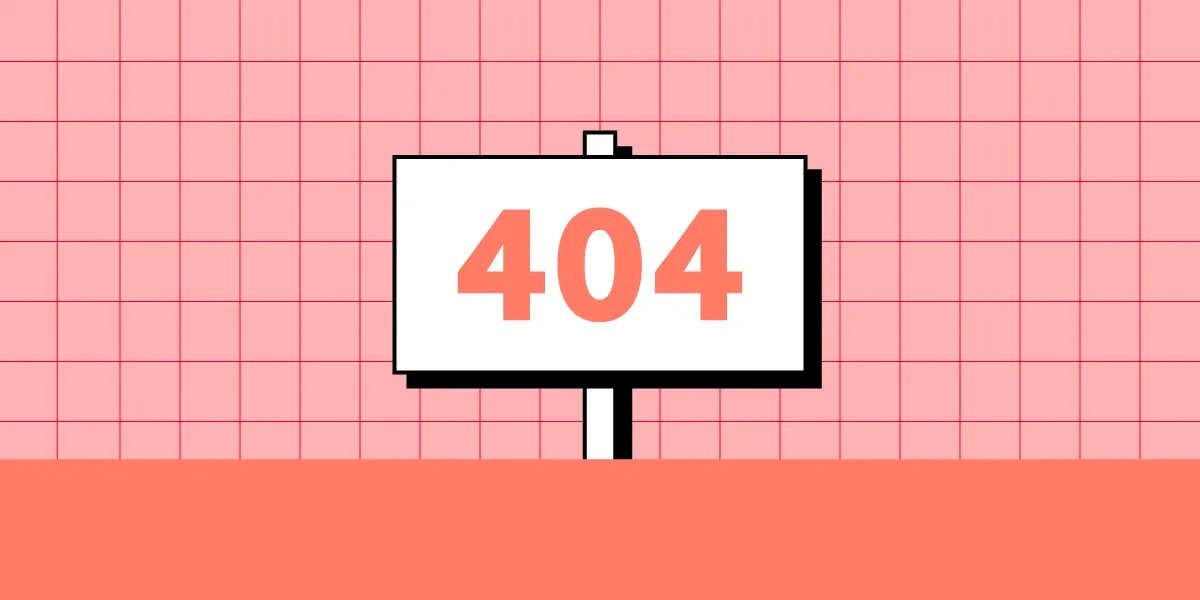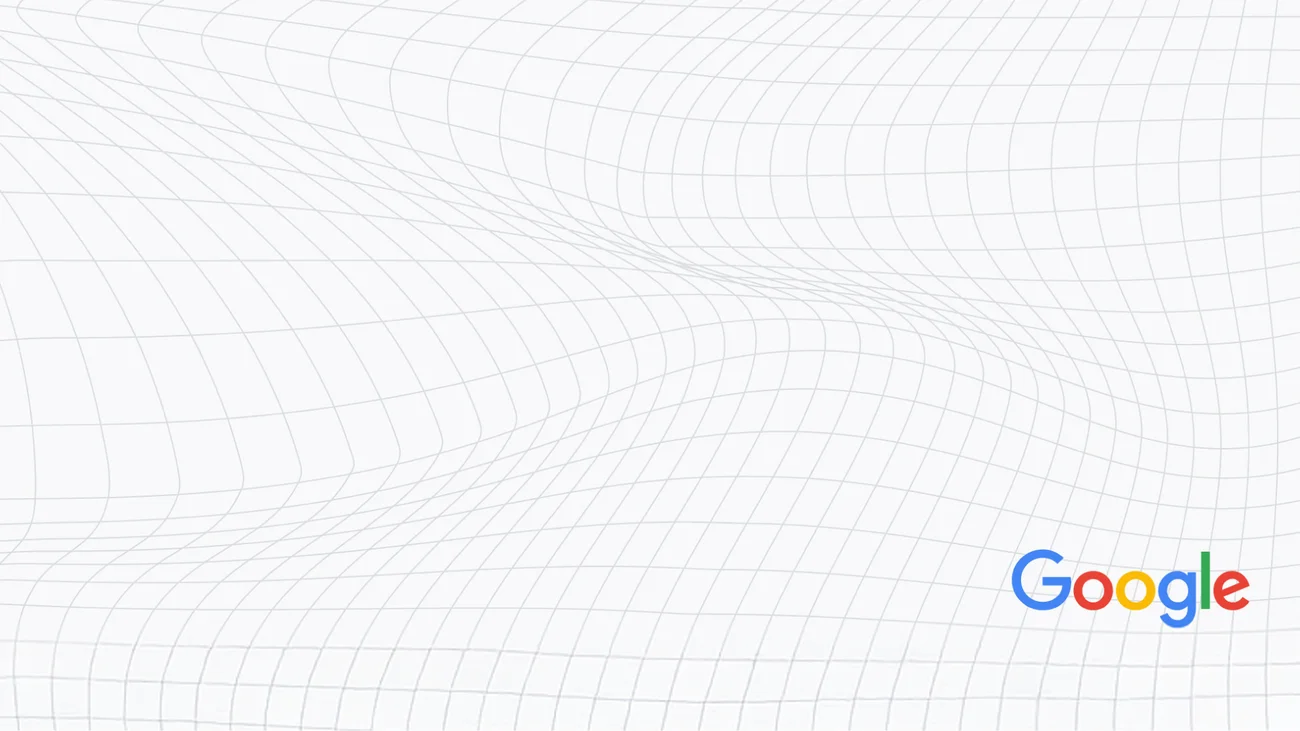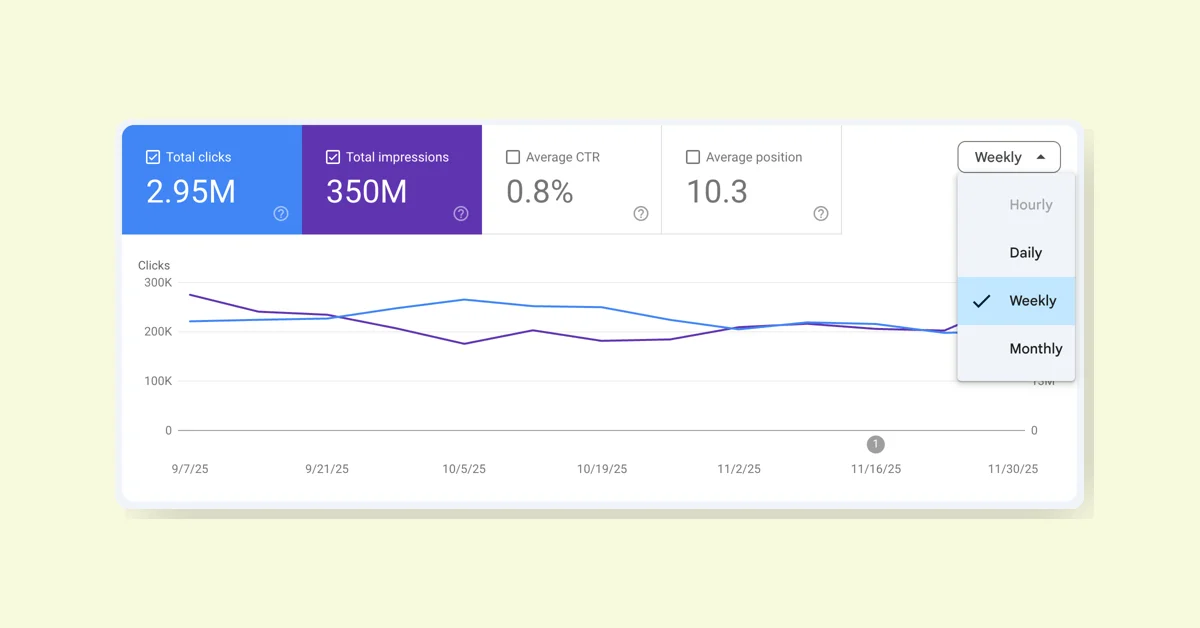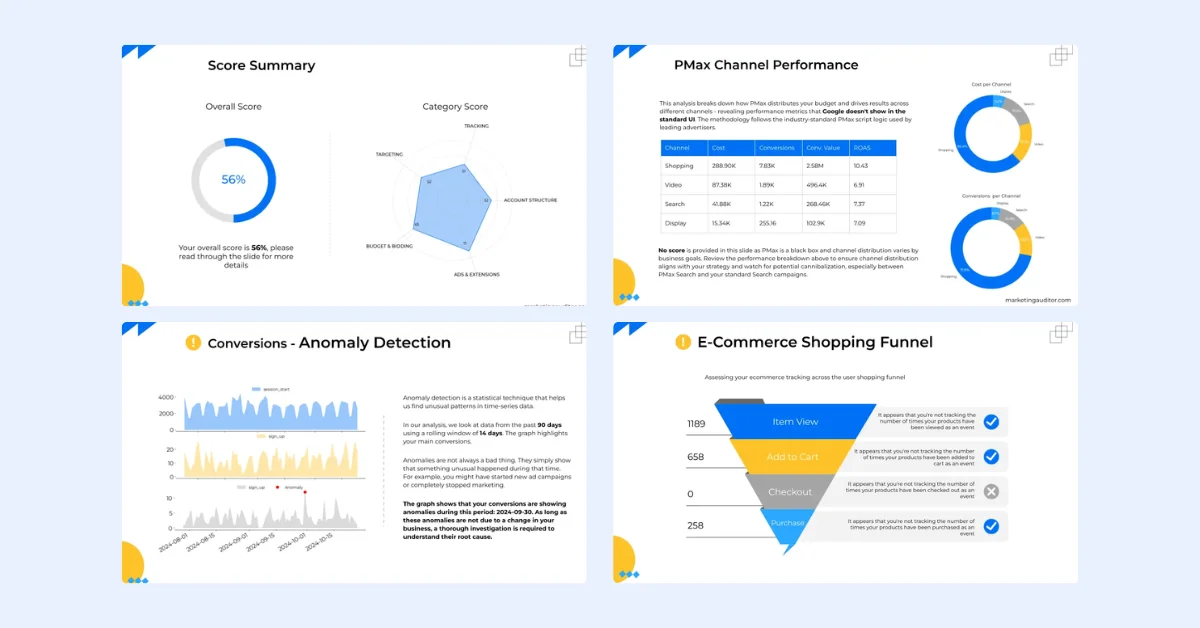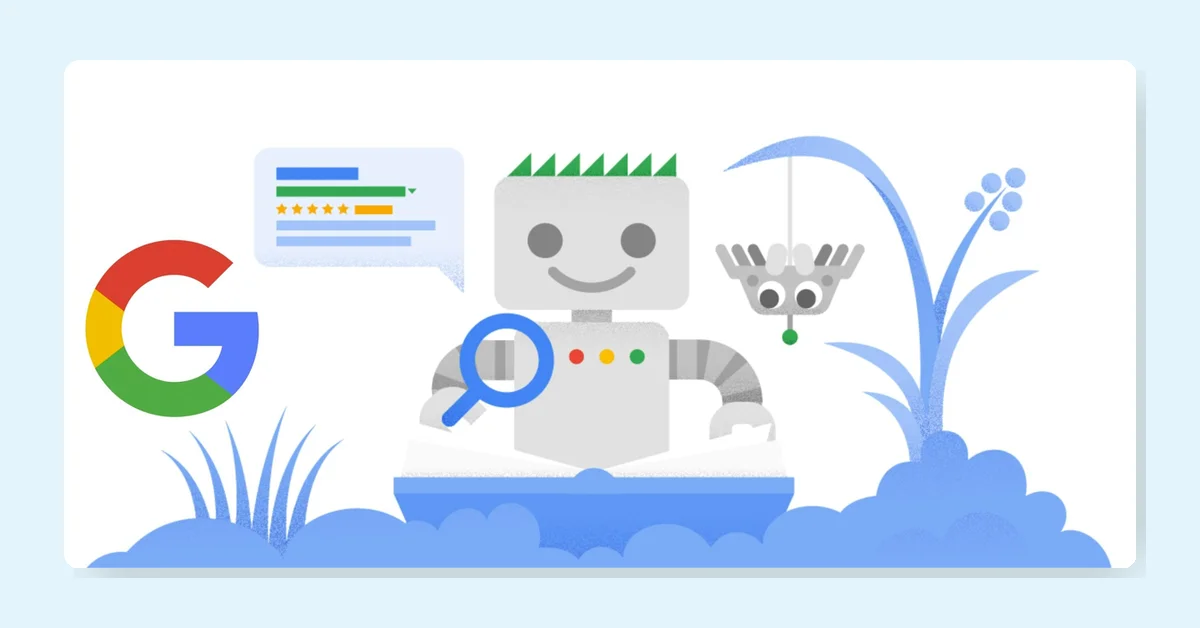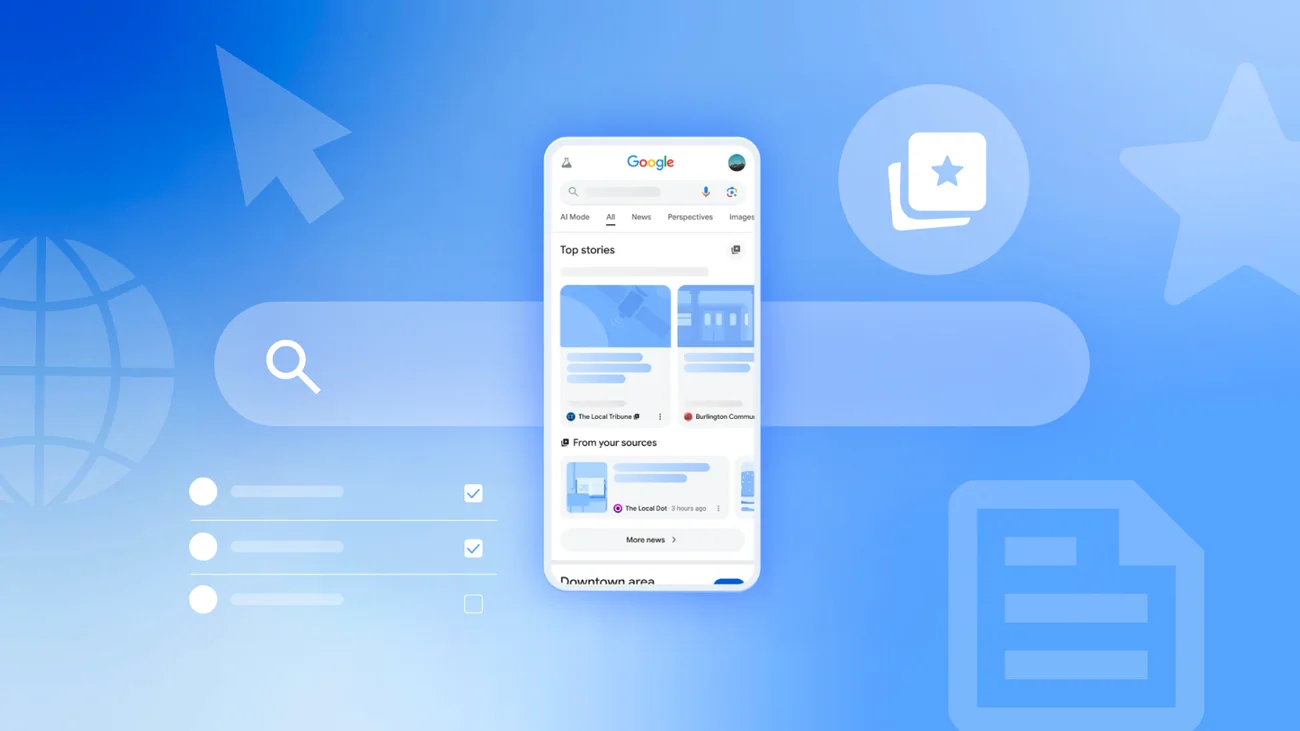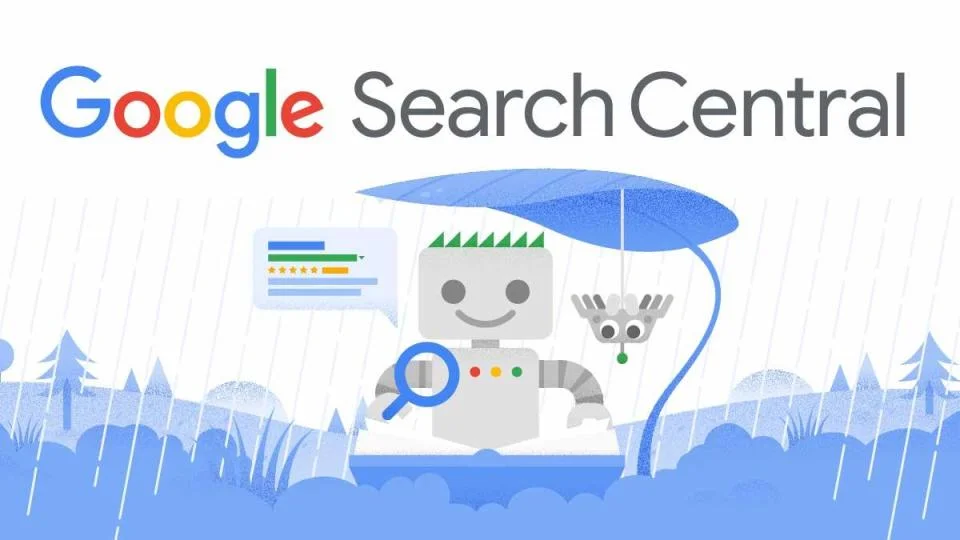Gary Illyes from Google advises not to overly worry about 404 (Not Found) errors, as they are not always critical to fix. A 404 status code indicates that a URL on your server is not mapped to a resource. These can be categorized into two main buckets:
URLs That Should Return Content
- These URLs should return a 200 status code but currently do not, possibly due to accidental deletion or database issues.
- Fix these promptly, especially if they are important to users and your site.
URLs Not Supposed to Return Content
URLs That Could Be Useful to Users
- Consider mapping these URLs to relevant content on your site, possibly via redirection.
- Examples include broken links from high-traffic pages where users encounter a 404 error despite the existence of relevant content.
URLs That Are Absolutely Useless
- No action is needed for these URLs as they do not provide any value to users.
- Examples include off-site links to content you no longer offer.
In summary, focus on fixing 404 errors that will genuinely help users and improve their experience on your site.
